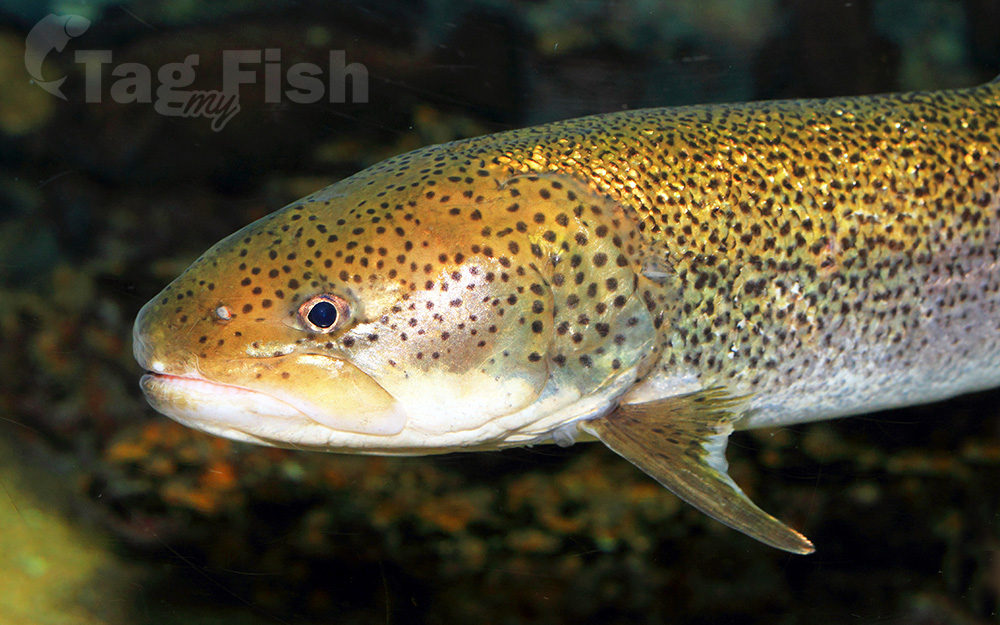Sakhalin taimen
(Parahucho perryi)

Classification
General data
The Sakhalin taimen (Parahucho perryi, syn. Hucho perryi), also known as the Japanese huchen or stringfish, is a large, East Asian species of fish in the salmon family (Salmonidae).
It is found in the Primorsky Krai and Khabarovsk regions of eastern Russia, Sakhalin Island, the Kuril Islands and Hokkaido, Japan and inhabits lakes and large rivers.
The population has been in general decline for a century at least. Contributory factors include degradation of the environment by logging, oil exploration, and change of land use to agriculture. The fish is caught by commercial fishing as bycatch, by recreational anglers, and illegally by poaching, and present populations are estimated to be less than 5% of their historic levels.
Although often placed in the genus Hucho, molecular phylogenetic and other evidence has shown that it belongs in its own monotypic genus Parahucho, sister to Salmo.
Description
Parahucho perryi is one of largest, most ancient salmon species and primarily inhabits the lower to middle reaches of lakes and rivers. Fish over 30 cm (1 ft) long are almost exclusively piscivores, while the young feed mostly on aquatic insects. Females typically lay between 2,000 and 10,000 eggs in the spring on the sandy or gravelly river bottom. The average specimens caught have weighed around 5 kg (11 lb).
The largest fish caught was recorded at 9.45 kg (20.8 lb) (IGFA world record).
According to an unverified record from Japan, a fish with a length of 2.1 m (6.9 ft) was captured in 1937 from the Tokachi River, Hokkaidō.
Distribution
Parahucho perryi are found in the Northwest Pacific: Sakhalin Island (Russia), the Island of Hokkaidō (Japan), and parts of the far eastern Russian mainland.
Some populations spend all their lives in freshwater while others are anadromous. The fish take about eight years to mature and can spawn several times during their lifetime which is estimated to be about fourteen years.
In Japan, this species is bred for game-fishing at managed fishing sites, and raised fish are available for purchase. However, the species remains critically endangered.











